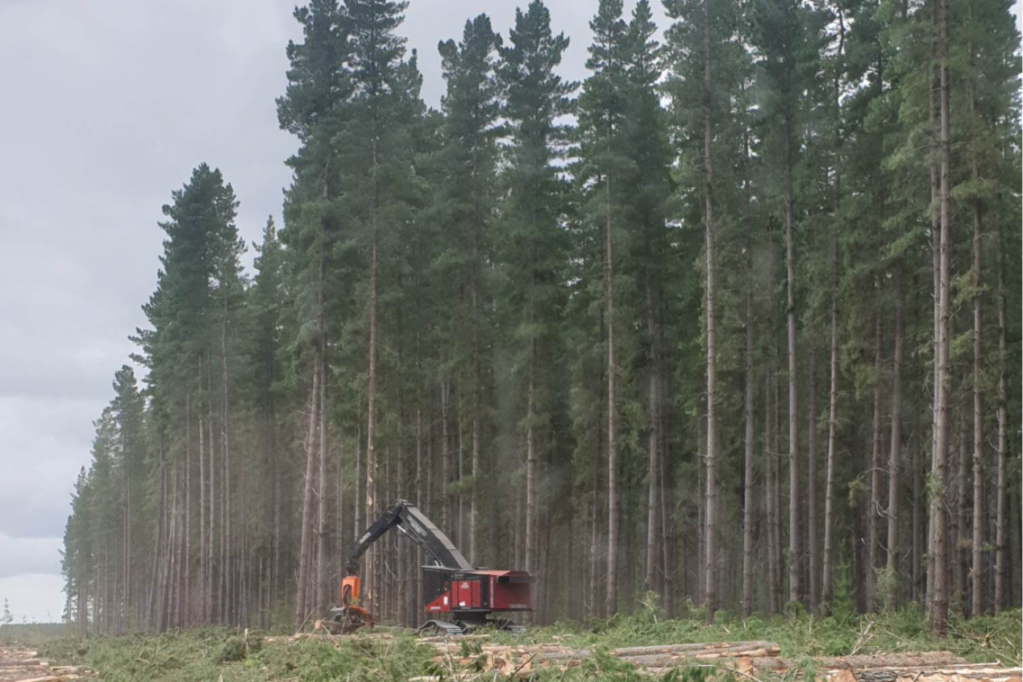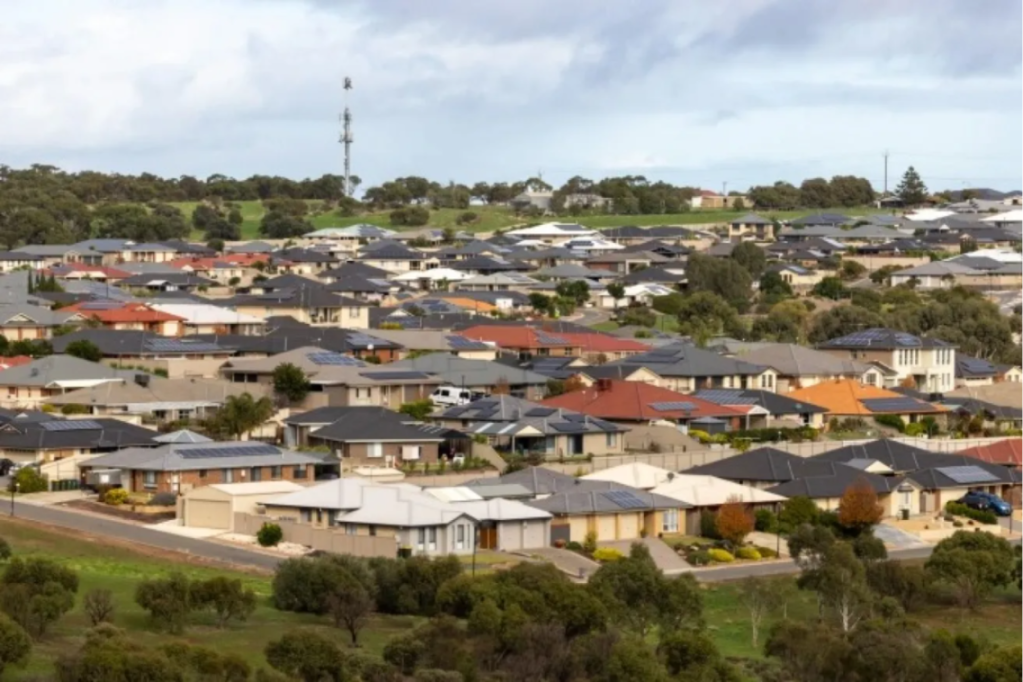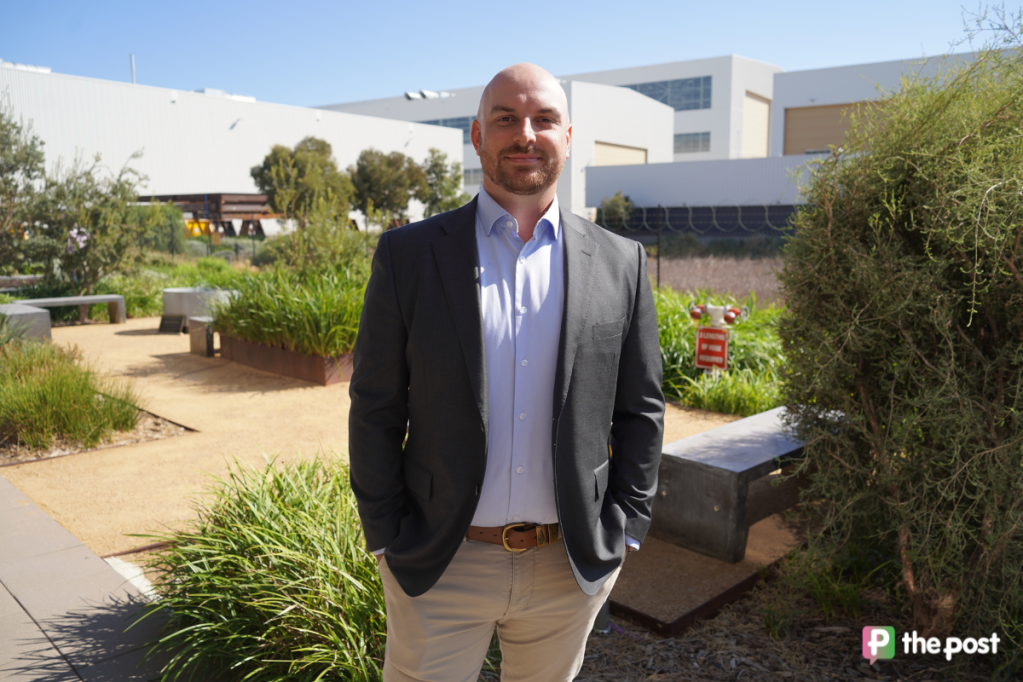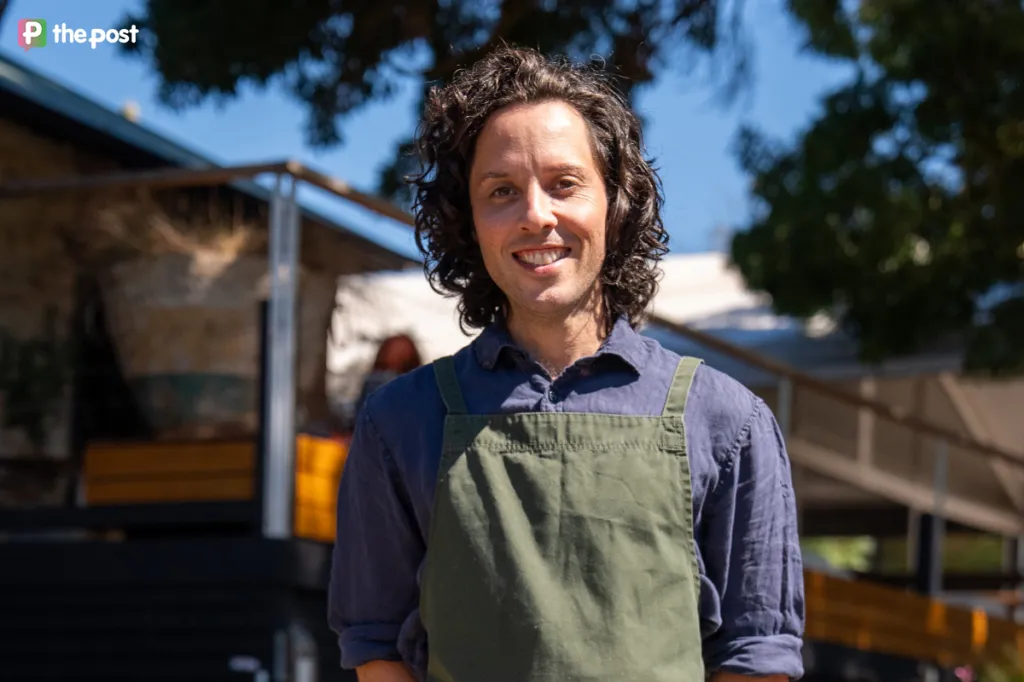Forestry sector calls for workforce growth
The South Australian Forest Products Association (SAFPA) has launched a campaign to attract workers into the industry as it heads into its 150th year.

The campaign, This is Wood Work, is designed to attract school leavers to “one of the oldest industries in South Australia”.
“The forestry industries, I don’t think has been on the front foot in selling itself,” SAFPA CEO Nathan Paine told InDaily.
“This campaign really is about saying, if you’re looking for a job, the forestry industry is one that is a little bit different from how people quite often think about it.
“They think about people out in the field with a chainsaw; what they don’t understand necessarily is that today the person that is harvesting the tree is driving a multi-million dollar piece of equipment, is sitting in air conditioned luxury playing with, effectively, remote control joysticks to harvest trees in an exceptionally safe environment.”
Mount Gambier will be a focus of the campaign, with the south east, known as the Green Triangle, being Australia’s biggest producer of domestic-use wood products.
You might like
Paine said the South Australian forestry industry currently employs “just over 21,300 South Australians” through direct and indirect employment.
“But we are an industry that is growing,” he said.
Paine said the predominantly regional industry had “without a doubt” seen the impact of a lack of regional housing as it tried to attract employees.
“We have been suffering from skills shortages across South Australia, whether that’s here in metropolitan Adelaide, the problem is [it is] challenging to find staff,” he said.
Stay informed, daily
“Once you move out to the regions, that problem increases exponentially, and then you layer in over the top of that, even if you can find somebody who wants to move into an industry and take a job, finding housing for them is even more difficult.
“That’s a broader issue that we’re starting to turn our mind to and engage with the government to try and identify solutions for delivering increased regional housing that will benefit not just forestry industries, but all industries.”
Paine said the industry was facing other challenges in the current market, beyond a lack of housing.
“It’s been a bit more challenging in terms of consumer demand for some of the products,” he said.
“But because we’re working with the live product, we’ve still been out there processing trees into structural framing today, even though demand might be a bit soft, what we do know is that we will be looking to turn the corner as Australia seeks to build more houses.
“We do know we still need more pallets to move food and grocery items, and products that we all buy at our local supermarkets.
“So while it’s challenging today, we’re very optimistic about a bright future and a future that has sovereign fibre at the heart.”
The campaign is being supported by the state government’s Wood Fibre and Timber Industry Master Plan, which is seeing a $2 million investment over three years.
“As an industry we have a diversity of jobs, whether that’s out in the forest planting trees or looking after the trees that have been planted, through to those that harvest and haul the logs from the forest into the mills,” Paine said.
“All the way through to the construction sites, houses that are being built here in Adelaide from timber that is being grown and processed in the South East.”








